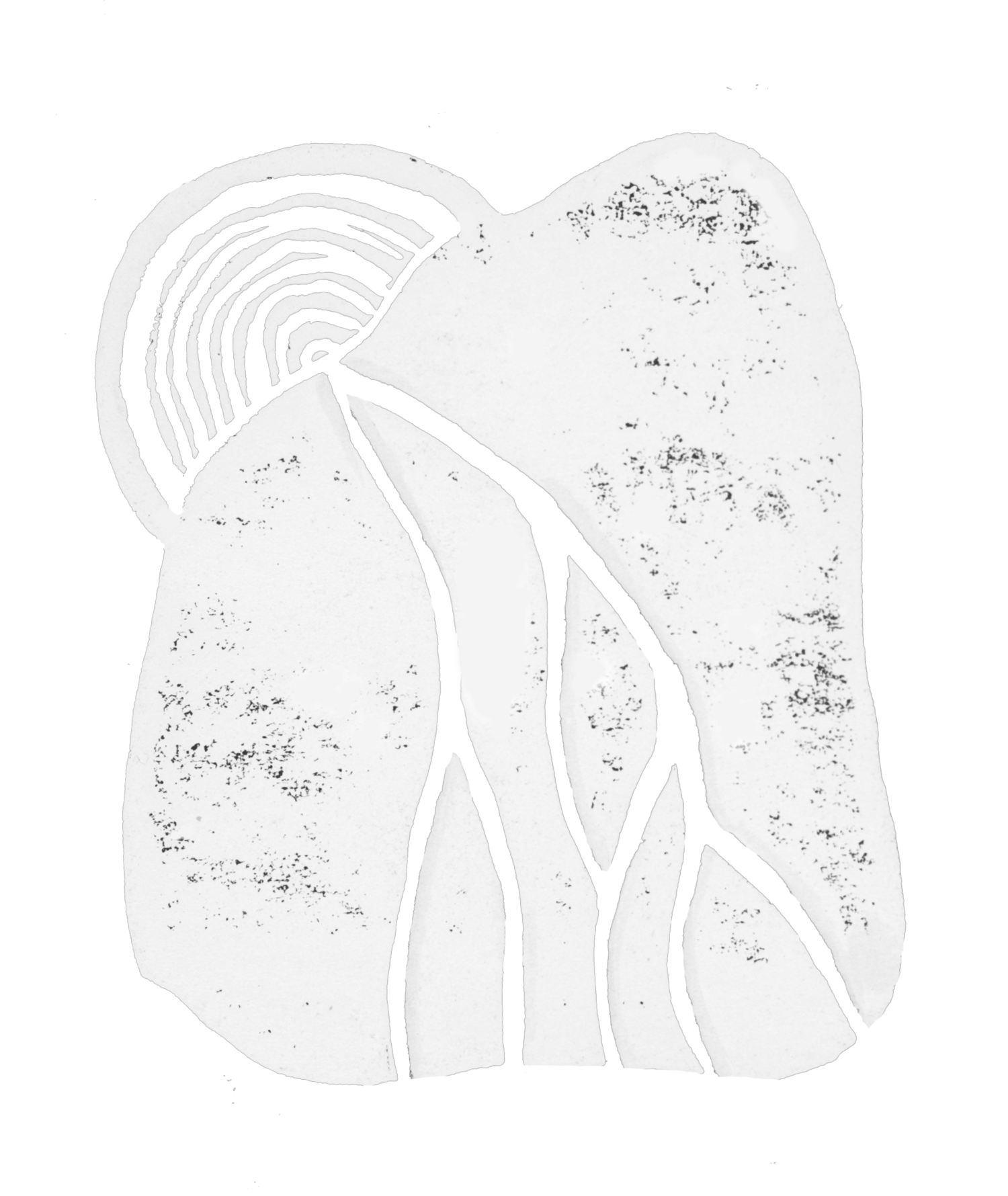
reciprocity
Finding harmony through giving back
Third layer of our Earth Medicine Integration Programme
“Action on behalf of life transforms. Because the relationship between self and the world is reciprocal, it is not a question of first getting enlightened or saved and then acting. As we work to heal the earth, the earth heals us.”
“The land knows you, even when you are lost.”
— Robin Wall Kimmerer
from me to we
Reciprocity holds profound significance, especially when we look at the path of healing and integration. It is a principle deeply embedded in the teachings of many indigenous cultures, as well as in the ecological relationships they cultivate with the natural world. Drawing inspiration from the insights of Robin Wall Kimmerer, a renowned botanist and member of the Citizen Potawatomi Nation, we can explore the transformative power of reciprocity and its implications for healing.
In indigenous wisdom, reciprocity is a way of being that recognises the interconnectedness and interdependence of all life forms. It is the understanding that we are not separate from the natural world but rather intricately woven into its tapestry.
Reciprocity involves an exchange—a continual give-and-take that nourishes both individuals and communities, as well as the larger ecosystem.
Within the realm of healing, reciprocity challenges the dominant paradigm that views humans as separate from nature, as conquerors and exploiters. Instead, it invites us to remember our place within the web of life and to approach healing as a collaborative process. It asks us to listen to the wisdom of the natural world, to respect its inherent intelligence and to seek reciprocal relationships with all beings.
Reciprocity in healing involves acknowledging that we receive healing not only from healthcare providers or therapeutic modalities but also from the land, plants, animals and ancestral wisdom. It is recognising that the act of healing is not simply a one-way transaction but a dynamic exchange. As we receive healing, we are called to reciprocate by caring for the well-being of the natural world, by cultivating a sense of responsibility and gratitude.
Reciprocity is embodied through practices such as ceremony, ritual and the offering of gratitude, along with the small daily acts of giving from a seat of compassion. It is expressed through acts of stewardship, environmental conservation, community cultivation and sustainable ways of living. Reciprocity is about establishing a relationship of respect and gratitude with the Earth (and our Earth family) and understanding that we are recipients of Earth’s gifts and therefore bear the responsibility to protect and restore the balance of reciprocity.
Embracing reciprocity within the context of integrative healing allows us to move away from an extractive mindset and towards a regenerative one. By honoring reciprocity, we can create a world where healing is not merely focused on individual bodies but extends to the healing of communities, ecosystems and the collective well-being of all.
As Robin Wall Kimmerer beautifully articulates, reciprocity calls us to ask, "What does the Earth ask of us in return for all that she gives? How can we reciprocate her gifts and ensure the flourishing of life for future generations?" These questions guide us towards a transformative relationship with the Earth, where healing becomes a reciprocal act of love and stewardship, fostering a more harmonious and balanced existence for all.
Cultivating a sense of guardianship heals us. Communing with life in a way that feels symbiotic and true to the essence of our complex interbeing heals us. Engaging with practices of regenerative inspiration brings us together and connects us with a rooted sense of passion and purpose.
“To be native to a place we must learn to speak its language.”
― Robin Wall Kimmerer

“If the world is to be healed through human efforts, I am convinced it will be by ordinary people, people whose love for this life is even greater than their fear.”
“In the face of impermanence and death, it takes courage to love the things of this world and to believe that praising them is our noblest calling.”
—Joanna Macy
“By inviting in these experiences of interconnectedness we can enhance our sense of belonging to our world. This mode of being widens and deepens our sense of who we are.”
― Joanna Macy

practices
-
Cultivating reciprocity in our lives can be achieved through simple practices that help foster a sense of connection, gratitude, and responsibility. Here are some suggestions:
Express gratitude: Take time each day to express gratitude for the gifts and blessings in your life. This can be done through journaling, silent reflection, or sharing your gratitude with others. Acknowledge the ways in which the natural world supports and nourishes you, and express thanks for those relationships.
Offer reciprocity to nature: Engage in acts of reciprocity towards the natural world. This can involve caring for plants, tending to a garden, or participating in environmental conservation efforts. Take actions that demonstrate your respect and responsibility for the Earth, such as reducing waste, conserving resources, and supporting sustainable practices.
Practice active listening: Develop the skill of deep listening—to the natural world, to others, and to yourself. By actively listening, we cultivate an awareness of the needs and perspectives of others, human and non-human alike. This allows us to respond with empathy and reciprocity in our relationships.
Engage in ceremony or ritual: Incorporate ceremonial practices into your life that honor and acknowledge the interconnectedness of all beings. This can involve creating personal rituals that involve offerings, prayers, or meditative practices that foster a sense of reciprocity and reverence for the world around you.
Learn from indigenous wisdom: Seek out and learn from indigenous cultures and their wisdom. Read books, attend workshops, or engage in conversations with indigenous peoples who are willing to share their knowledge and teachings. Respectfully listen and learn about their reciprocal relationships with the land, plants, animals, and ancestral traditions.
Share your gifts and talents: Recognise your unique gifts, talents, and skills, and find ways to share them with others and the Earth.
Root your offerings: When you visit a family member or friend, is there something you can take along as an offering that aids in their connection and belonging? Can you cook them something from berries you’ve foraged, or create something meaningful for their home?
Seasonal altars: Creating art and altars of reverence seeps into reciprocity in the ceremonial sense. Can you do this to give thanks to nature, celebrating each season. Can you involve others in the process and initiate a practice of deeper presence and connection?
Share human celebration: Music, song, conversation, food, togetherness… where can you create more of these fundamental aspects of the human experience, so often lost in modern lives?
-
Here are some resources that can help you explore indigenous perspectives and teachings:
Books:
The Story is in Our Bones: How Worldviews and Climate Justice Can Remake a World in Crisis, by Osprey Orielle Lake
"Braiding Sweetgrass: Indigenous Wisdom, Scientific Knowledge, and the Teachings of Plants" by Robin Wall Kimmerer
"The Four Sacred Gifts: Indigenous Wisdom for Modern Times" by Anita L. Sanchez
"The Wisdom of the Native Americans" edited by Kent Nerburn
"Original Instructions: Indigenous Teachings for a Sustainable Future" edited by Melissa K. Nelson
“Nature and the Human Soul’ by Bill Plotkin
Websites and organisations:
The Women’s Earth and Climate Action Network (WECAN) International engages women and feminists across the gender spectrum worldwide in policy advocacy, on-the-ground projects, direct action, trainings, and movement building for global climate justice.
INDIGENOUS MEDICINE CONSERVATION FUND
Native Land (https://native-land.ca/): An interactive map that allows you to explore the indigenous territories, languages, and treaties of different regions.
Indigenous Environmental Network (https://www.ienearth.org/): An organization focused on environmental justice and indigenous rights, providing resources and information on indigenous wisdom and practices.
Cultural Survival (https://www.culturalsurvival.org/): A nonprofit organization dedicated to advocating for indigenous peoples' rights and sharing their cultures and knowledge.
American Indian College Fund (https://collegefund.org/): A resource hub that supports Native American students and provides information on indigenous cultures, including their wisdom and teachings.
Indigenous Voices and Lectures:
TED Talks: TED often features talks by indigenous speakers who share their perspectives and wisdom. Searching for keywords like "indigenous wisdom" or specific indigenous speakers can lead you to insightful talks.
Indigenous Podcasts: There are several podcasts that amplify indigenous voices and share their stories and teachings. Examples include All My Relations, Coffee with My Ma, Matriarch Movement, Green Dreamers, For The Wild, Bioneers, and our podcast, Rooted Healing.
Community Events and Workshops:
Look for local events, workshops, and conferences that focus on indigenous culture and wisdom. These can be opportunities to learn directly from indigenous elders, knowledge keepers, and community members.
It's important to approach these resources with respect, recognising that indigenous wisdom is deeply rooted in specific cultural contexts and should be learned with cultural sensitivity and humility.
connect with your tree
With every sign up, we sponsor biodiversity in Britain, including ancient growth woodland and wildflower meadows. We used to plant a tree with each sign up but found the biodiversity to be more rooted… so feel free to work with this meditation - one focussed on your tree and the reciprocity of breath, in whichever way you feel fits.
A final note, for now…
Integration won’t just happen.
You must weave yourself into a reverent relationship with your life and keep falling in love with it, again and again.
Seek awe! Go out into the woods, run in the rain, find a field away from city lights and watch the night sky. Go alone or bring others with you and make an agreement to allow space and silence for presence. You don’t need to photograph the moment, you don’t need to be anywhere else. Find ways to embrace life and see how life will embrace you. Revisit the words, music, art, experiences that enrich your being. Learn to know your medicine. Find the pathways to inner peace and knowing.
Sing a song to the swallows and the other migratory beings who demonstrate year by year that home is where you make it. Eat something new, something utterly delicious, and let yourself be dazzled by Earth’s bounty. And if you’re struggling to do any of this, remember that you have allies. The plant and fungi kingdom have been a part of our human story since time before time. Be responsible, and most importantly, hold reverence. These allies are wise and they can knock you sideways if you don’t create the right intentions, set and setting. Hold a truly reverent relationship with these teachers.
We are here for you along this path. Reach out to us or member of the group. Don’t isolate yourself, seek connection, cultivate it with the same artistry that a sculptor creates a masterpiece.

integration navigation
-
Integration Home
Our hut for shared resources and the overview of our integration materials.
-
Relationship
Connect deeply with yourself, others and the living world through the continued cultivation of presence, authentic expression and intimacy with the landscapes within and without.
-
Reverence
Harness the medicine of child-like wonder and awe in your life in order to create deepened presence, curiosity, creativity, mystery and respect with this dance of existence you find yourself within.


